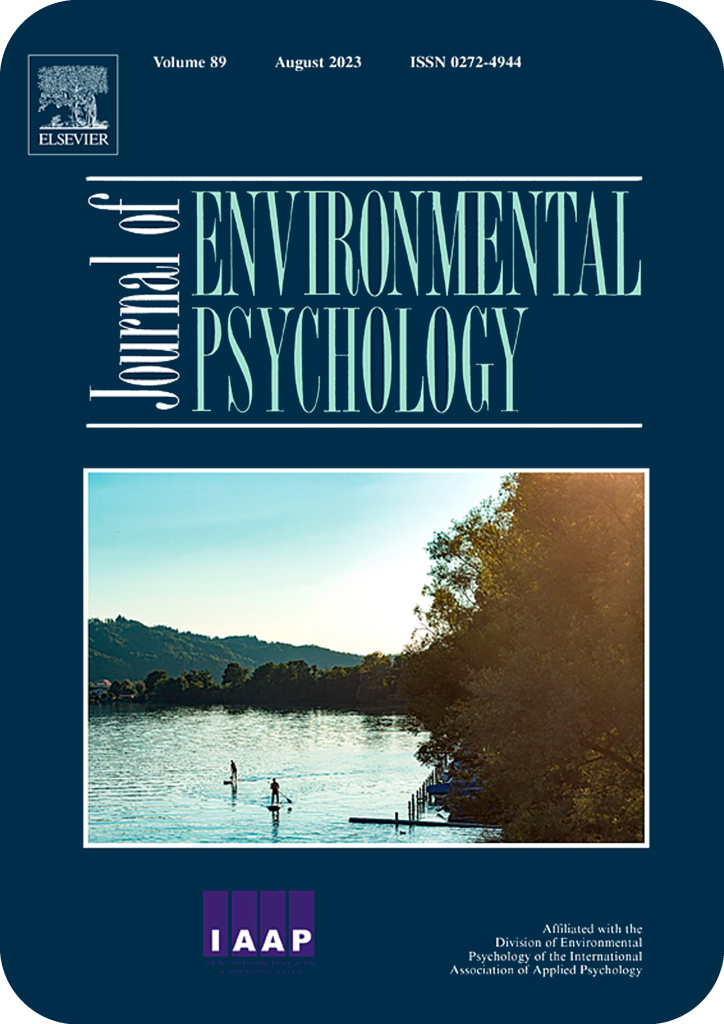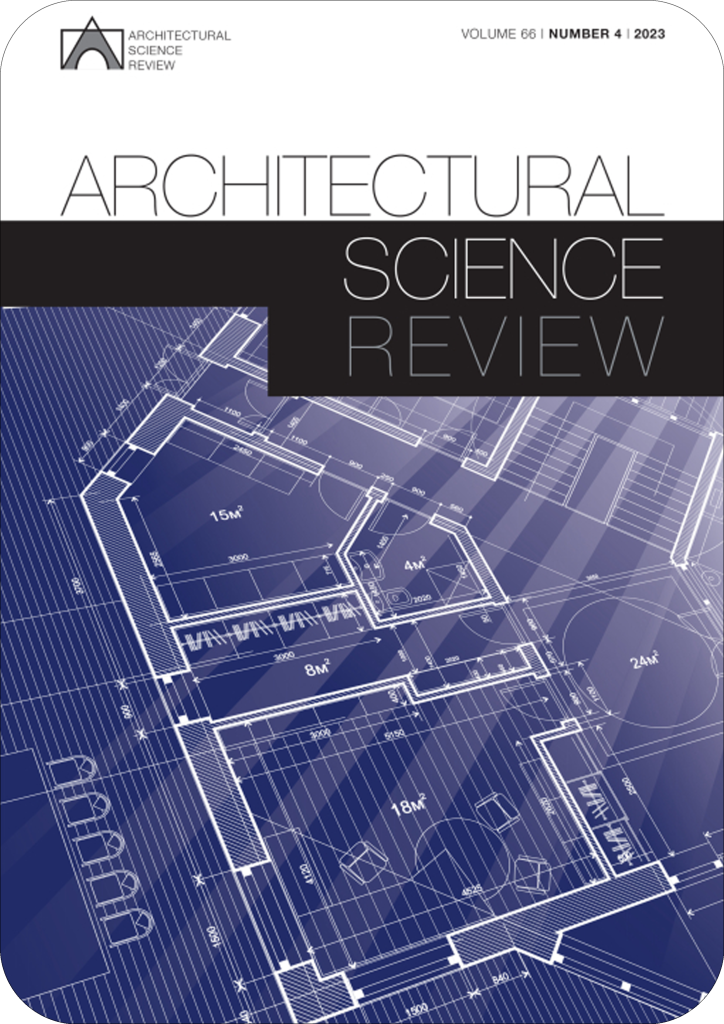
Abstract: Today, more than half of the world’s population lives in cities, and this trend appears to be growing. Despite a need to understand how design elements of urban living impact our psychological well-being (e.g., stress), very little research has used quantitative, objective tools to measure how existing or proposed urban development impacts the human experience. In this study, we leverage advances in biometric sensing to measure psychophysiological responses to a variety of urban forms using highly controlled virtual, rather than costly and difficult to control, real-life settings. Our objective is to test the hypothesis that certain urban form characteristics impact human psychophysiology. To do so, we measured electroencephalography (EEG) in 35 participants exploring virtual environments that varied in building height and the presence of greenery (e.g., trees). Based on EEG metrics that are sensitive to stress, we found that urban environments with greenery and lower height buildings were associated with less stress. Overall, our results suggest that biometric measures of brain states, combined with virtual environments, can be utilized to assess the effects of urban elements on people’s psychological well-being and guide the redevelopment and planning of urban environments.
More Papers



